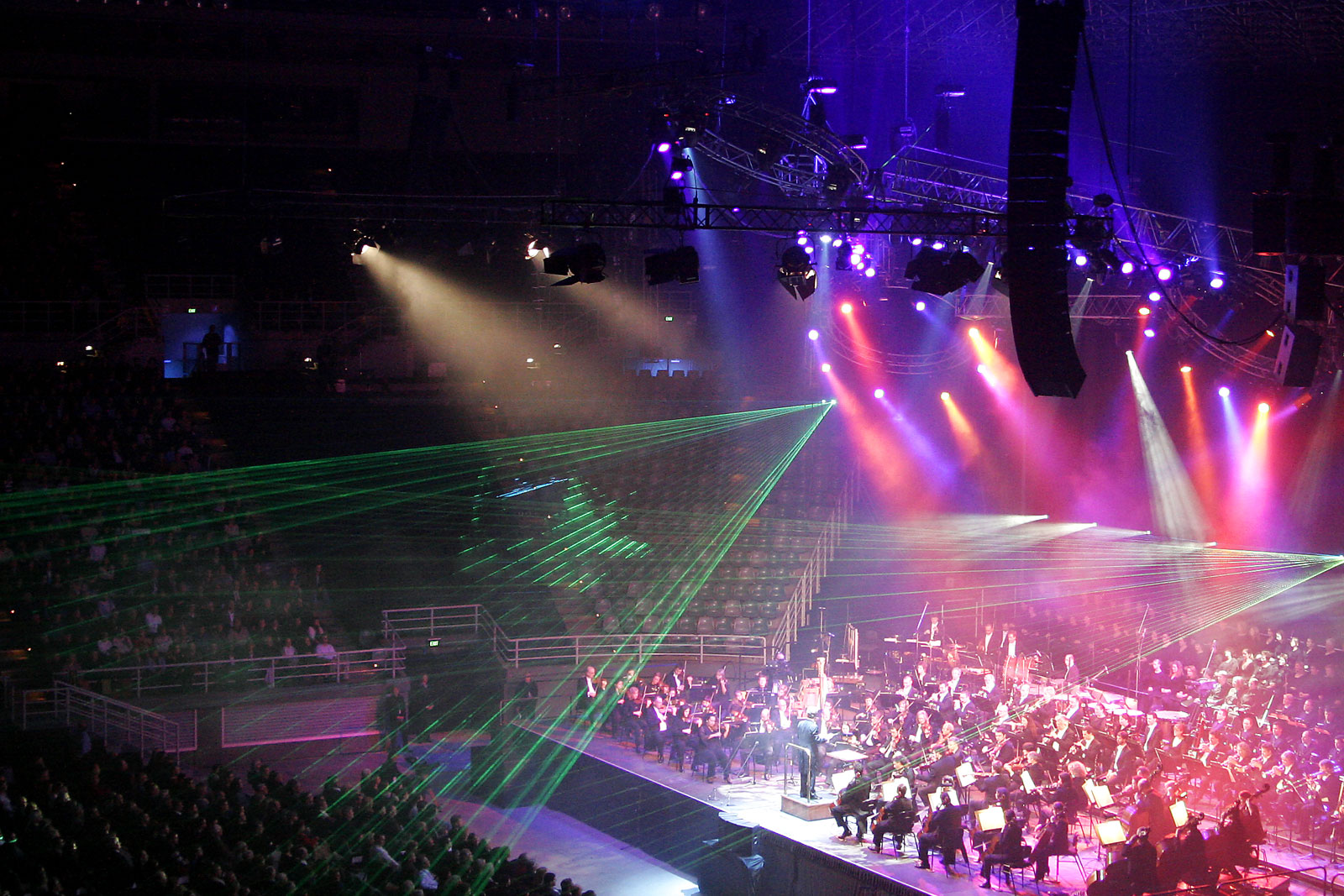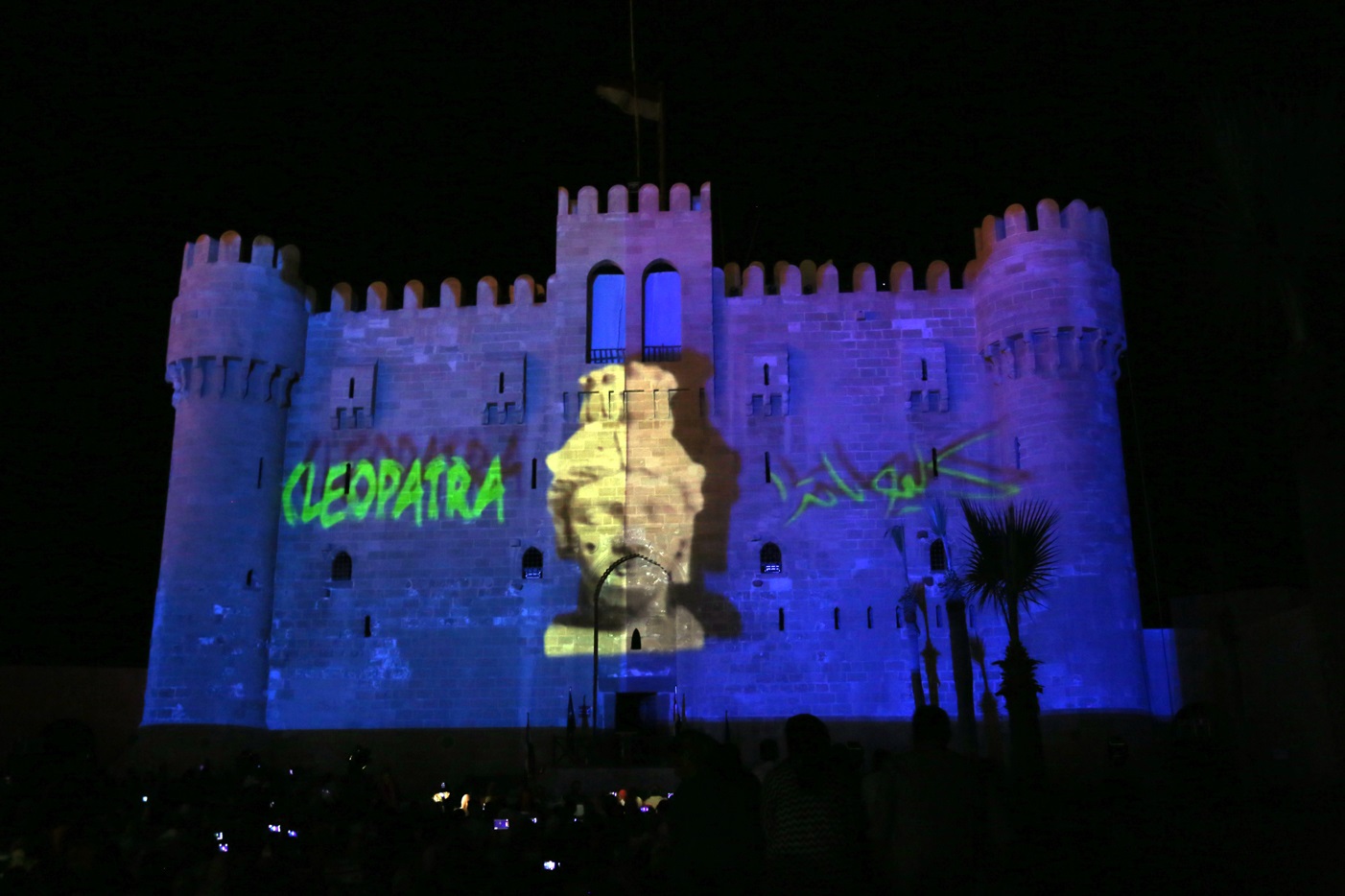Art: The Offspring of Light
Share




Art, a major aspect of culture, was, is, and will always be born from light. Light is made of colors, and colors are projected by absorbing certain wavelengths of light while reflecting others. Yet, that is not just it; light in itself has been employed to illuminate artwork, such as stained glass that has adorned architectural landmarks since the 4th century to this day.
From the caveman to modern day artists, all have used light, shade, and color to illustrate mood and create atmosphere. The word Chiaroscuro is Italian, roughly meaning “light and dark”; it was first used to describe a type of drawing on medium-dark paper where the artist created both darker areas with ink and lighter areas with white paint.
Later on, the term was used for woodcut prints which essentially did the same thing, using white and black together. When it comes to painting, however, Chiaroscuro truly came to life in the paintings of Caravaggio during the late 16th century. Caravaggio began to use deep, dark backgrounds for many of his paintings, and seemed to almost turn a spotlight on his figures; the high contrast in those paintings made for intensely powerful and dramatic works of art.
Throughout history, light has also played the key role in arts such as photography, holography, and cinematography. However, with the invention of artificial light, many artists began using light as the main form of expression, instead of just as a vehicle for other forms of art. László Moholy-Nagy (1895–1946), was a member of the Bauhaus who was influenced by Constructivism. Light sculpture and moving sculpture are components of his Light-Space Modulator (1922–30), which is one of the first light art pieces, also incorporating kinetic art.
Not only that, even the blocking of light, aka shadow, has been employed to create art, such as in shadow puppetry. Shadow play is an old tradition that is still popular in various cultures; it is a popular form of entertainment for both children and adults in many countries around the world.

In modern-day live performances, effective lighting is so important that it typically warrants a working crew. Stage lighting in performance arts pieces not only allows the audience to see what is happening on stage, but can also be used to set the tone, direct focus, or alter one’s position in time and space.
Lighting design is a highly technical field and involves manipulating luminaires to find the appropriate intensity, color, direction, focus, and position. In both theater and dance, light plays a tremendous role in developing the plot of performances and evoking emotion within the audience.
From concerts to theme parks, laser light shows entertain audiences of all ages. The precision and strength of lasers allow for light to illuminate crowds, create designs on infrastructures, and can even be seen in the night sky.
Laser light is useful in entertainment because the coherent nature of laser light allows a narrow beam to be produced, which allows the use of optical scanning to draw patterns or images on walls, ceilings, or other surfaces including theatrical smoke and fog without refocusing for the differences in distance, as is common with video projection. This inherently more focused beam is also extremely visible, and is often used as an effect; sometimes the beams are “bounced” to different positions with mirrors to create laser sculptures.

The Legendary Cleopatra
A 3D Show organized by the Bibliothec Alexandrina in 2015 at the Qaitbey Fort
Light is the most important factor in the appreciation and understanding of architecture. The relationship between light and architecture is not just about energy and matter; it also implies an emotional effect on people. The human eye perceives its form through the incidence and reflection of light, acquiring information about the ambiance in a given place. Visual impressions are interpreted in our brains and put in context to create emotions that move us in a particular way.
Lighting in a living room should be warm and dimmed; the distribution of light should reveal texture and color, balancing the dark and clear areas. This atmosphere, when read by our visual system, creates a comfortable impression that helps us relax.
In opposition, lighting in a workplace should be cool in appearance, brilliant and focused on the specific places of work. All the room should be evenly lit to be perceived as wide and clean; this impression creates a dynamic mood in which different tasks are developed with more energy, mental and physical.
Light defines the architectural space; it contributes to its perception and understanding while adding value to its function and bringing an emotional component for its users.
This has been a very brief overview that merely touches the surface of what light means in art, not to mention in our entire life. Light is indeed indispensable for life in all and every aspect of it; studying and unveiling its secrets is far from over, but is rather just beginning.
*Published in SCIplanet printed magazine, Summer 2015 Issue.